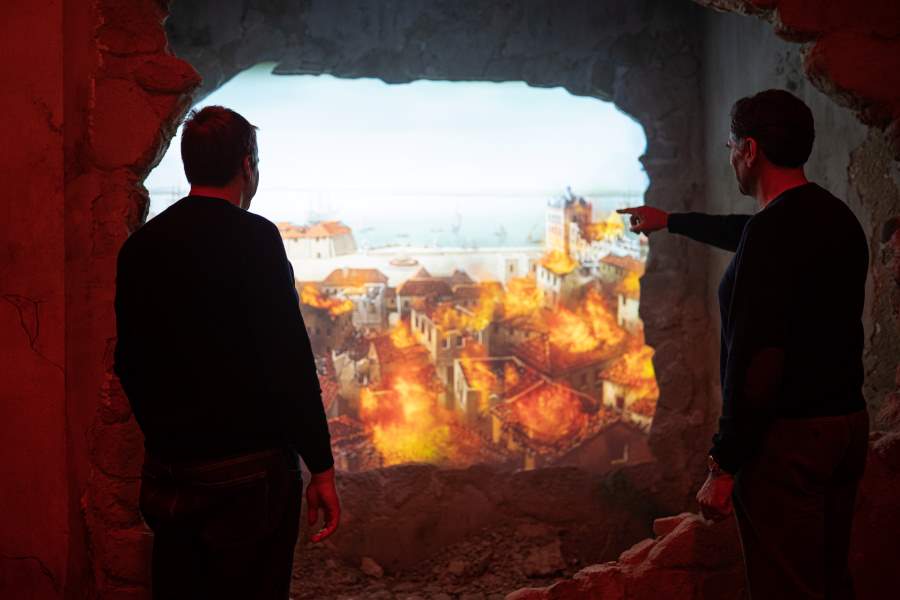If you are one of those who doesn't miss a visit to a (or several) museum on your travels, know that there are dozens of Portuguese museums spread throughout the territory. The themes are varied and while some address the most relevant aspects of contemporary art, others do not let us forget about culture in Portugal, sharing important historical, architectural and even gastronomic treasures with the public.
Join All About Portugal and discover the best of art and culture in Portugal.
Museu do Traje (Viana do Castelo)
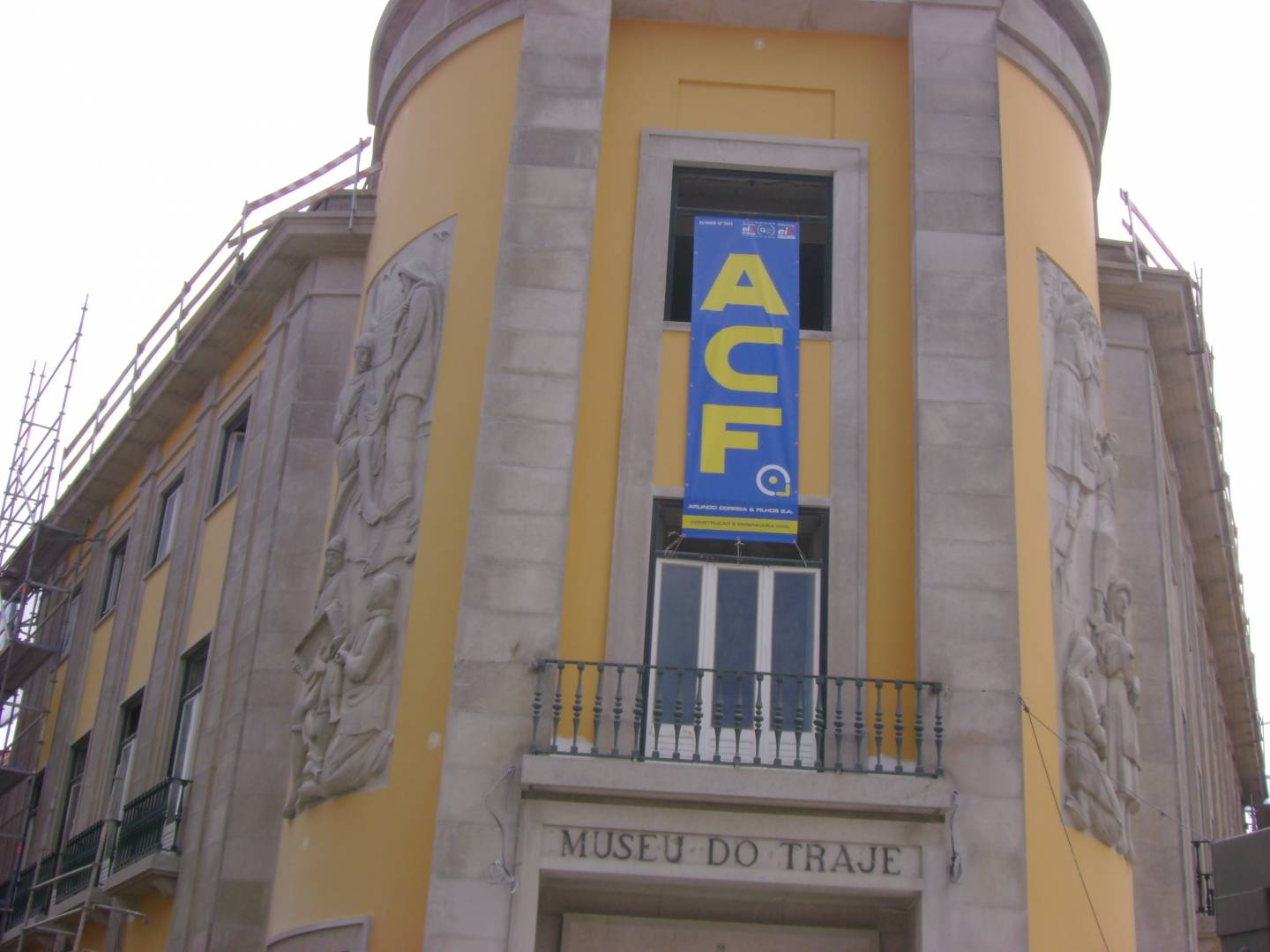
Building constructed in the mid-twentieth century there inaugurate, in 1958, a delegation of the Bank Banco de Portugal, which ran until 1992. Later, in 1997, then placed the costume Museum.
Museu de Alberto Sampaio (Guimarães)

Created in 1928 to house the artistic collection of the extinct Collegiate Church of Nossa Senhora da Oliveira and other churches and convents in Guimarães, here you can see objects of local origin and ancient sacred art, namely collections of sculptures (architectural, large and tomb). , from the medieval period to the 18th century; a jewelery collection; a collection of paintings from the 16th to 18th centuries; tiles and faience, among others.
Museu do Mosteiro de São Martinho de Tibães (Braga)

A reborn cultural space where one may visit the church, the entrance, the stables, the gardens of Saint João, the cellars pateo, the kitchen, the rooster's pateo, the chaptr's room and more. It exhibits several collections.
MACNA - Museu de Arte Contemporânea Nadir Afonso (Chaves)
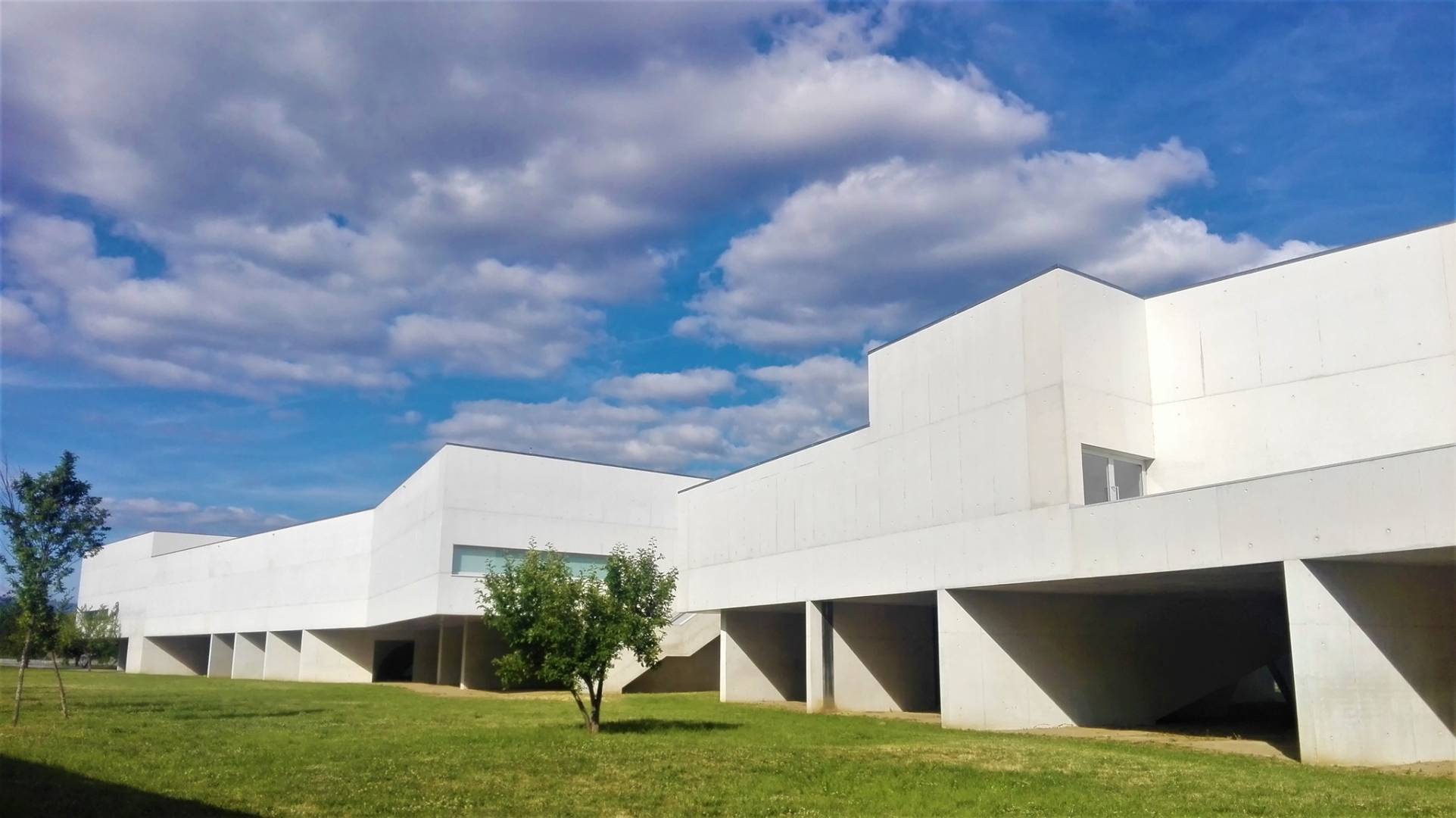
Opened in 2016, it is located on the right bank of the Tâmega River, next to the São Roque Bridge. It is a cultural space, with several areas, temporary and permanent exhibition halls, auditorium, archive, library and shop. A space with exceptional, modern and unique features, to honor the genius of the flaviense painter Nadir Afonso.
Museu Nacional de Soares dos Reis (Porto)
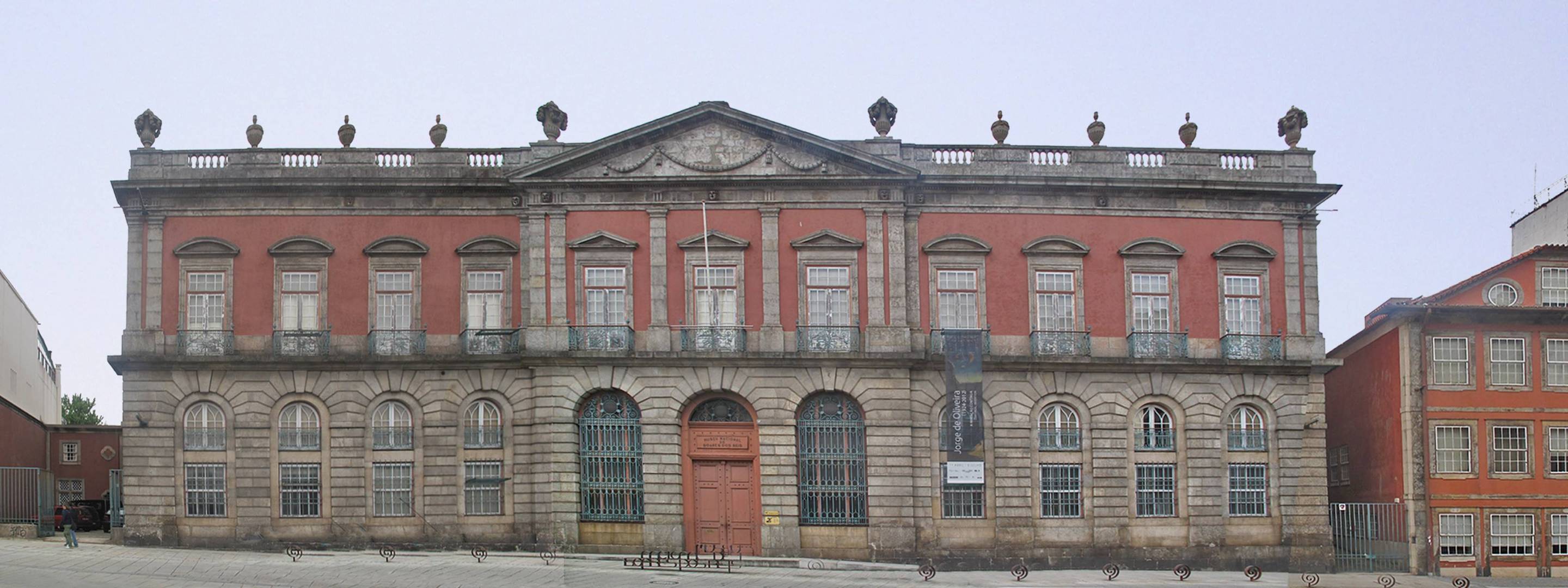
Museum installed at the Carrancas Palace, built at the end of the XVIII century and which was once the royal family residence. It has collections of decorative arts, painting and sculpture. It also integrates a pottery nucleus, with works of faience from the North of Portugal, jewelry, furniture, glass and oriental china works.
Museu de Arte Contemporânea da Fundação de Serralves (Porto)
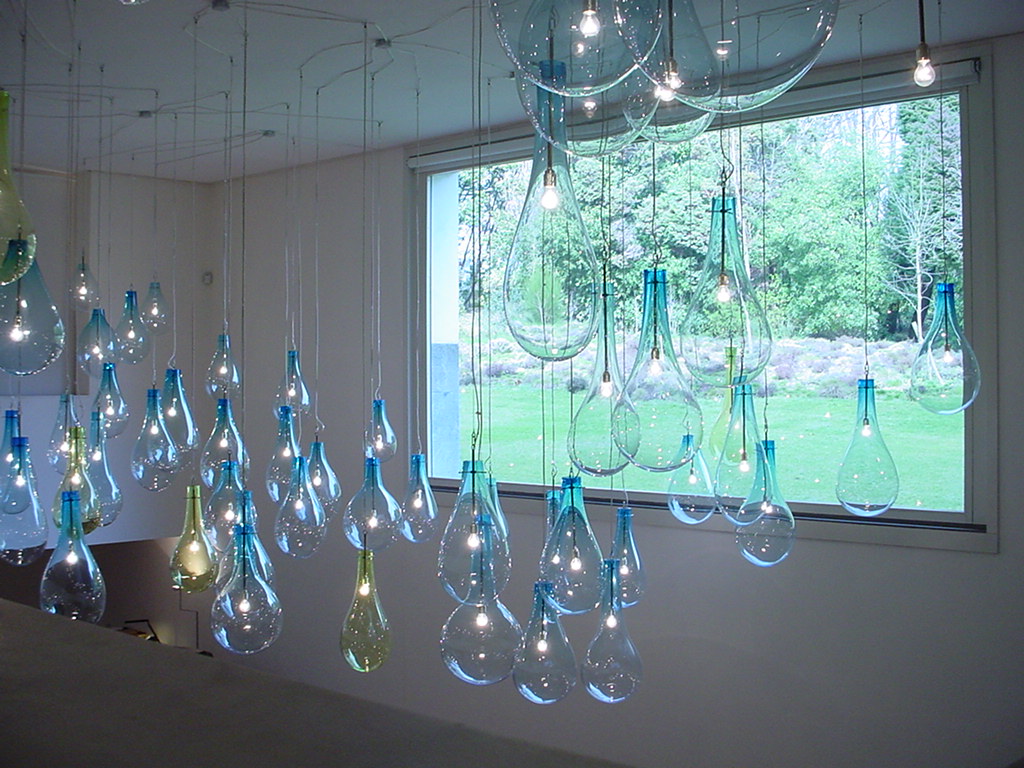
Integrated in the Fundação de Serralves, this museum planned by the architect Siza Vieira is the first of its kind in Portugal and intends to move the public to the Contemporary Art and to the society questions in our days.
Museu Romântico da Quinta da Macieirinha (Porto)

The Museu Romântico da Quinta da Macieirinha (romantic museum) re-creates the atmosphere of a wealthy XIX century Porto’s house. The king Carlos Alberto of Sardinia was exiled and spent the last tears of its life in this house. In his memory, some parts of the house such as the bedroom, the living room and the chapel were set up from the aquarelles and lithography of the king’s time.
Museu do Vinho do Porto (Porto)
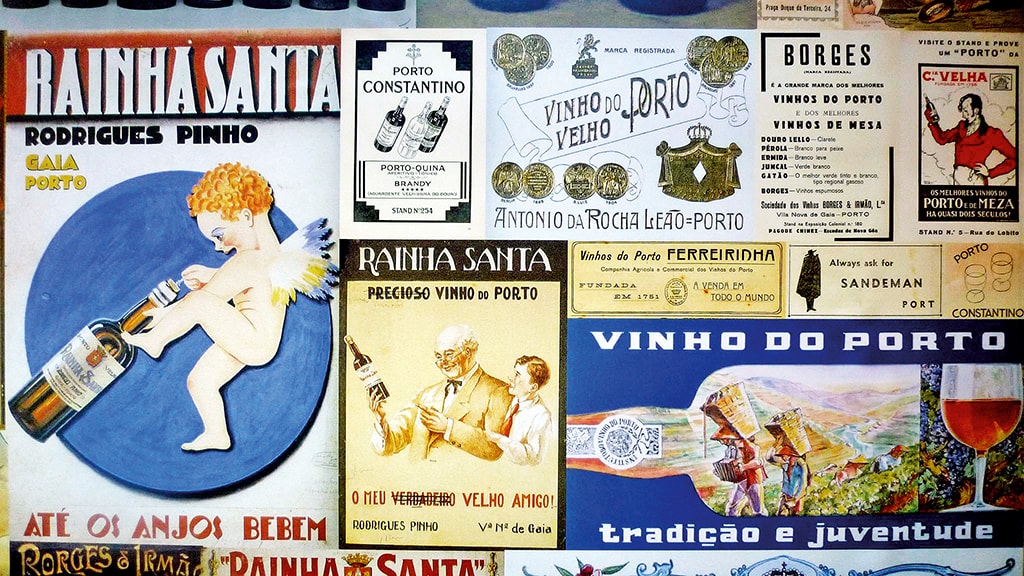
Located at the Cais Novo Warehouses, where the wines of the Companhia Geral de Agricultura das Vinhas do Alto Douro used to be stored, this is a building that was constructed by the family Pinto da Cunha Saavedra in the 1700s. This space shows the privileged location of Oporto, as a commercial outpost, and relates mostly to the Port wine, the transportations, mainly along the Douro river, and the ways of life that were generated from those activities, namely with th coming of several foreign colonies. It has several programs for specific audiences.
Museu Arte Nova (Aveiro)
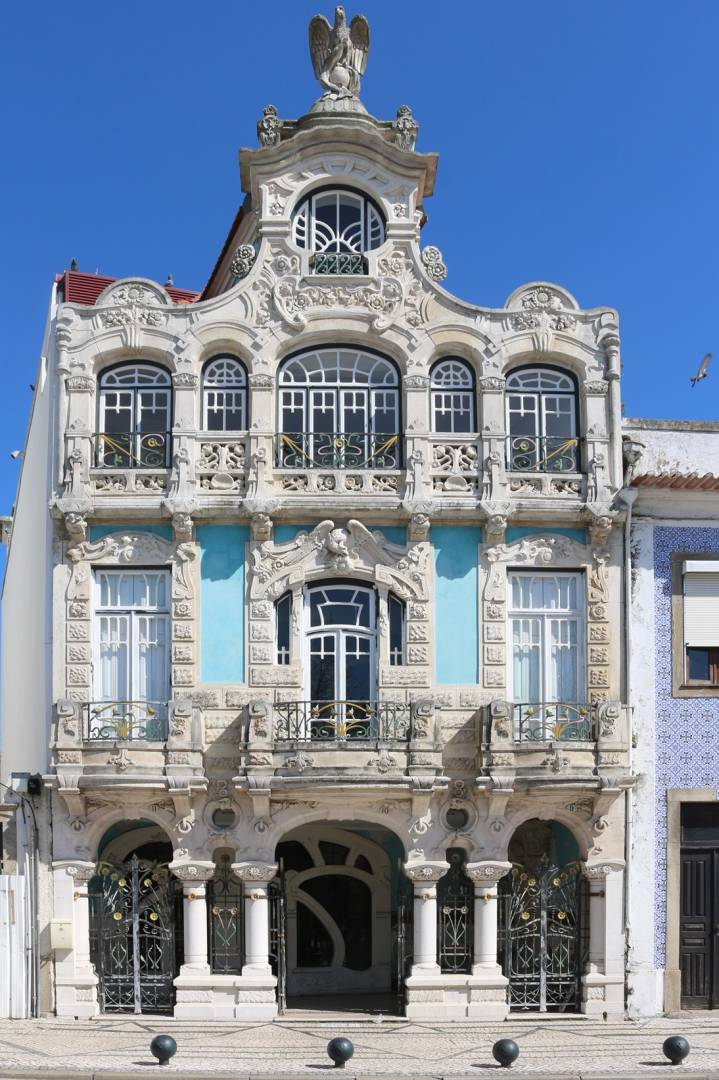
The Art Nouveau Museum of Aveiro, housed in one of the most emblematic buildings among the heritage of this artistic chain, is the interpretive center of the extensive network of Arte Nova motifs throughout the city of Aveiro. More than restoring the ornamental environment of an Art Nouveau dwelling, this museum nucleus treats the New Art as a didactic argument, intending to take the visitor to reflect on the assumptions of the aesthetic revolution that this movement provided, and better understand its reflexes that still today.
Casa Museu Bissaya-Barreto (Coimbra)

Civil architecture revival residential house with two floors, with a large forked staircase. The building was built between 1923 and 1925, working initially as a residence of Professor Bissaya Barreto. In 1985\/6 has been restored and adapted to House-Museum.
Museu Nacional do Pão (Seia)
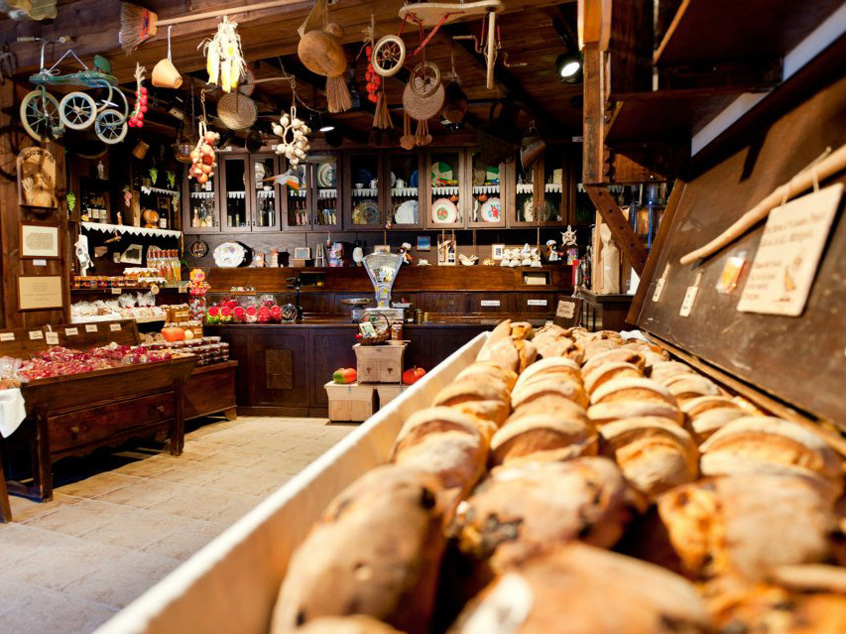
Space Museum opened in 2002, with three storeys and four exhibition halls, where displays the earliest artistic traditions and Portuguese bread. The space is divided in Bread cycle Room, Room of political, Social and religious Bread, Bread art Room and Pedagogical Room. There is also a restaurant where the King is, as expected, the bread. Be sure to visit the old grocery store, where they acquire various kinds of bread here produced. Tertulias and temporary exhibitions are frequent activities of the Museum.
Museu Cargaleiro (Castelo Branco)
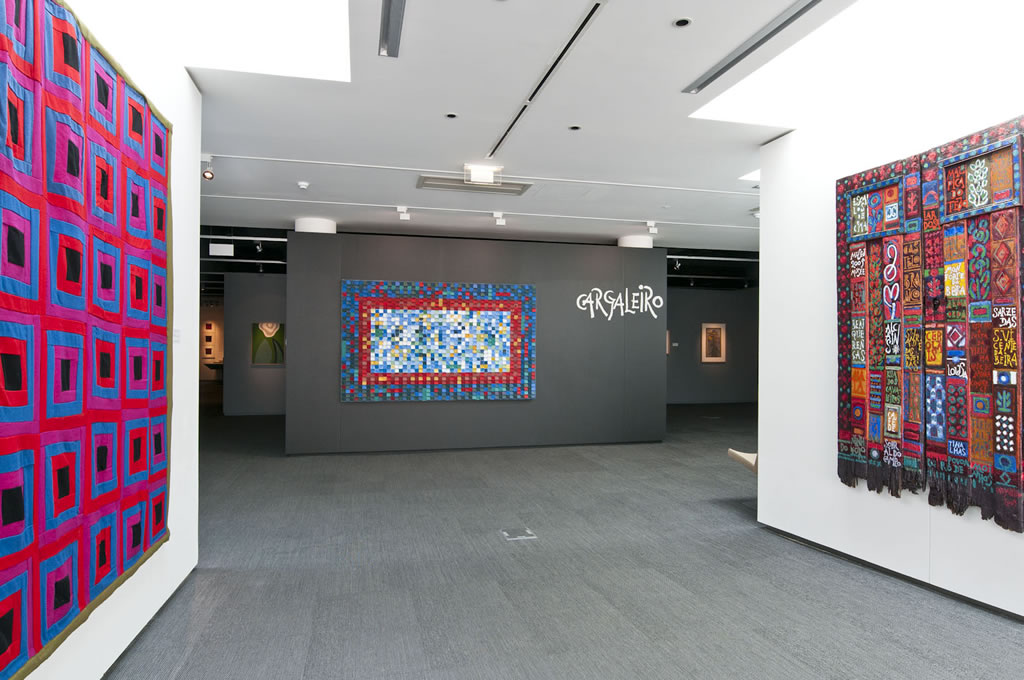
Located in the historic area of Castelo Branco, this museum dedicated to the work and life of the artist Manuel Cargaleiro includes two buildings that complement each other. One is Solar dos Cavaleiros, an 18th-century palace, and the other is a contemporary building, inaugurated in 2005. Visitors can appreciate a remarkable set of works part of the Manuel Cargaleiro Foundation collection, which includes works ranging from painting to ceramics, including sculpture, tiles and tapestry.
Museu Nacional dos Coches (Lisboa)

Located by the river Tagus, in the western area of Lisbon, the National Coach Museum occupies the premises formerly belonging to the Oficinas Gerais do Exército (old General Military Workshops). The Royal Riding School, which used to belong to the Royal Palace of Belém, can still be visited as an exhibition nucleus of the National Coach Museum.
MUDE - Museu do Design e da Moda
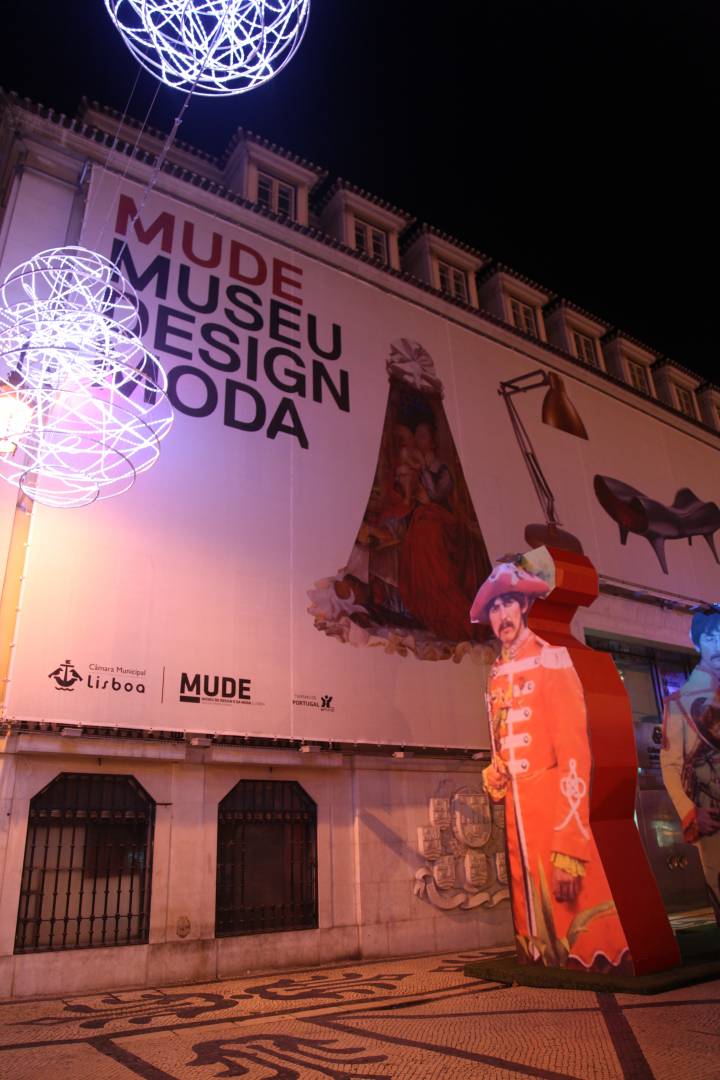
The CHANGE, Design and Fashion Museum opened its doors to 22 May 2009. Even before the start of work to adapt the former headquarters of the BNU, on Rua Augusta, to their new museological functions, the CHANGE began offering a continuous programming where are present the different perspectives and languages of design.
Museu Nacional do Azulejo (Lisboa)
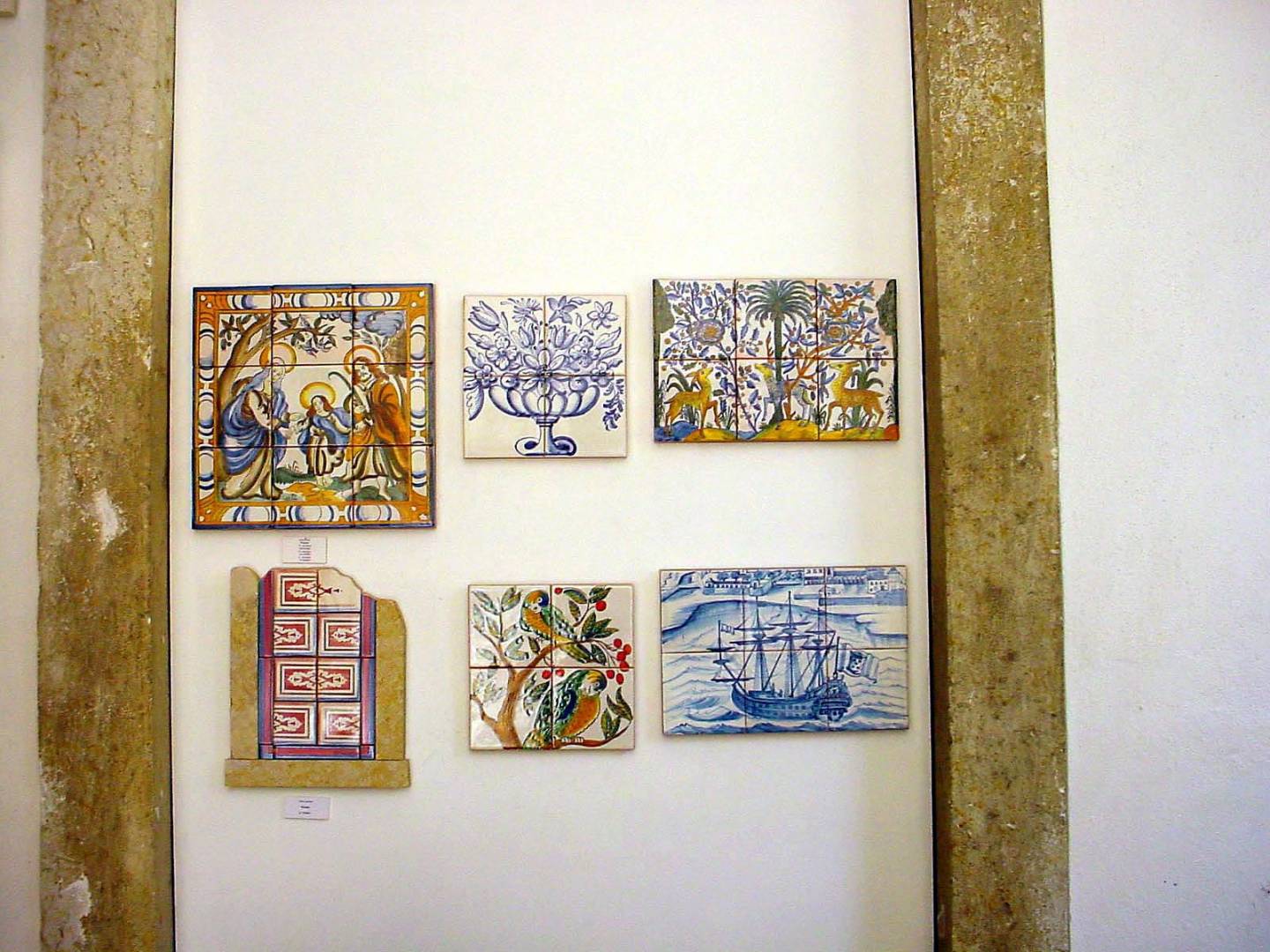
In this museum, located at the former Madre Deus Convent, the visitor is invited to make a journey through the glazed tiles art, from the XV century till our days.
Museu Calouste Gulbenkian (Lisboa)
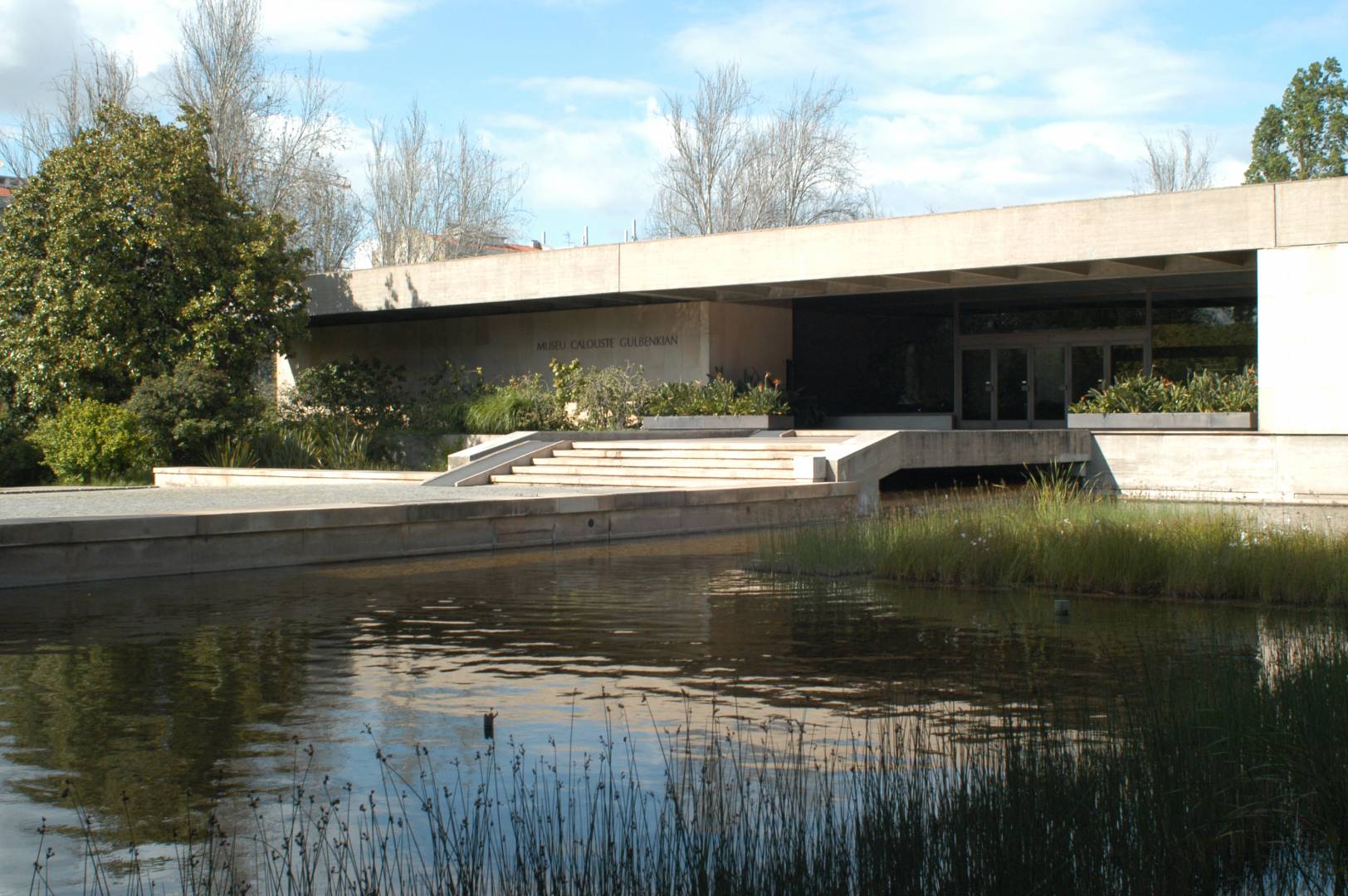
The museum is a result of Calouste Sarkis Gulbenkian’s will, an Armenian that gathered more than 6000 works of art during his life, that are now assembled in this beautiful space. It is an impressive collection, covering a temporal space from the ancient Egyptian empire until the XX century. Here are represented different civilizations and hemispheres.
Casa das Histórias Paula Rego / Casa Museu Paula Rego (Cascais)
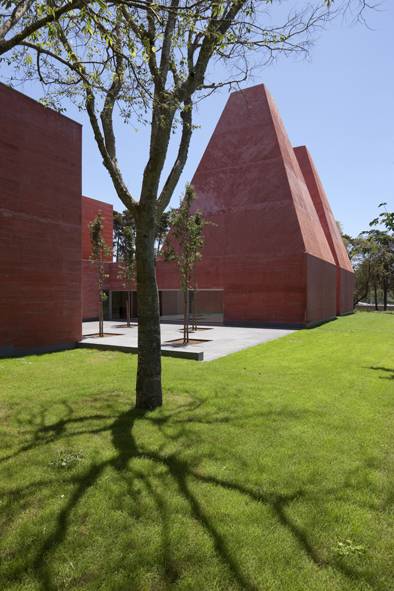
The project Casa das Histórias Paula Rego, designed by the architect Eduardo Souto Moura, consists of 750 m2 of permanent and temporary exhibition area, coffee shop, bookstore and an auditorium with seating for 195 seats. The Museum brings together 121 works, including 16 paintings of the author, provided for a period of ten years, and also some pieces of art from her husband Victor Willing (artist and art critic). In addition to drawings, engravings and lithographs is still possible to admire the beauty of the tapestry piece "battle of Alcácer-Quibir", acquired in 2008 by the municipality through an application at the Turismo de Portugal.
Museu de Évora
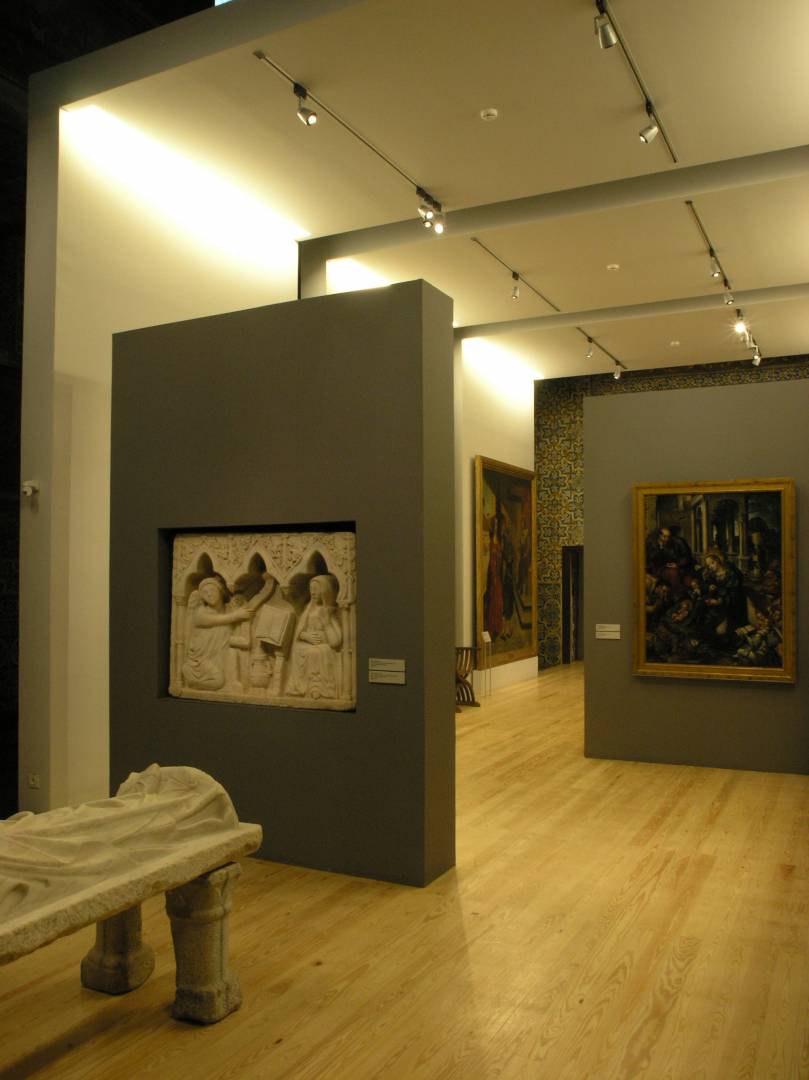
After a few years of closure for repairs, this space Museum reopened to the public in June 2009. It features permanent and temporary exhibitions, including collections of 15th and 16th century painting, sculptures of the middle ages and the Renaissance. In addition to these collections presents, also, ceramics, jewellery and tiles of various periods, for a total of about 20 thousand pieces. One of the novelties of the new Museum's Flemish altarpiece, recalling scenes from the life of the Virgin, arranged chronologically.
Museu Regional do Algarve (Faro)
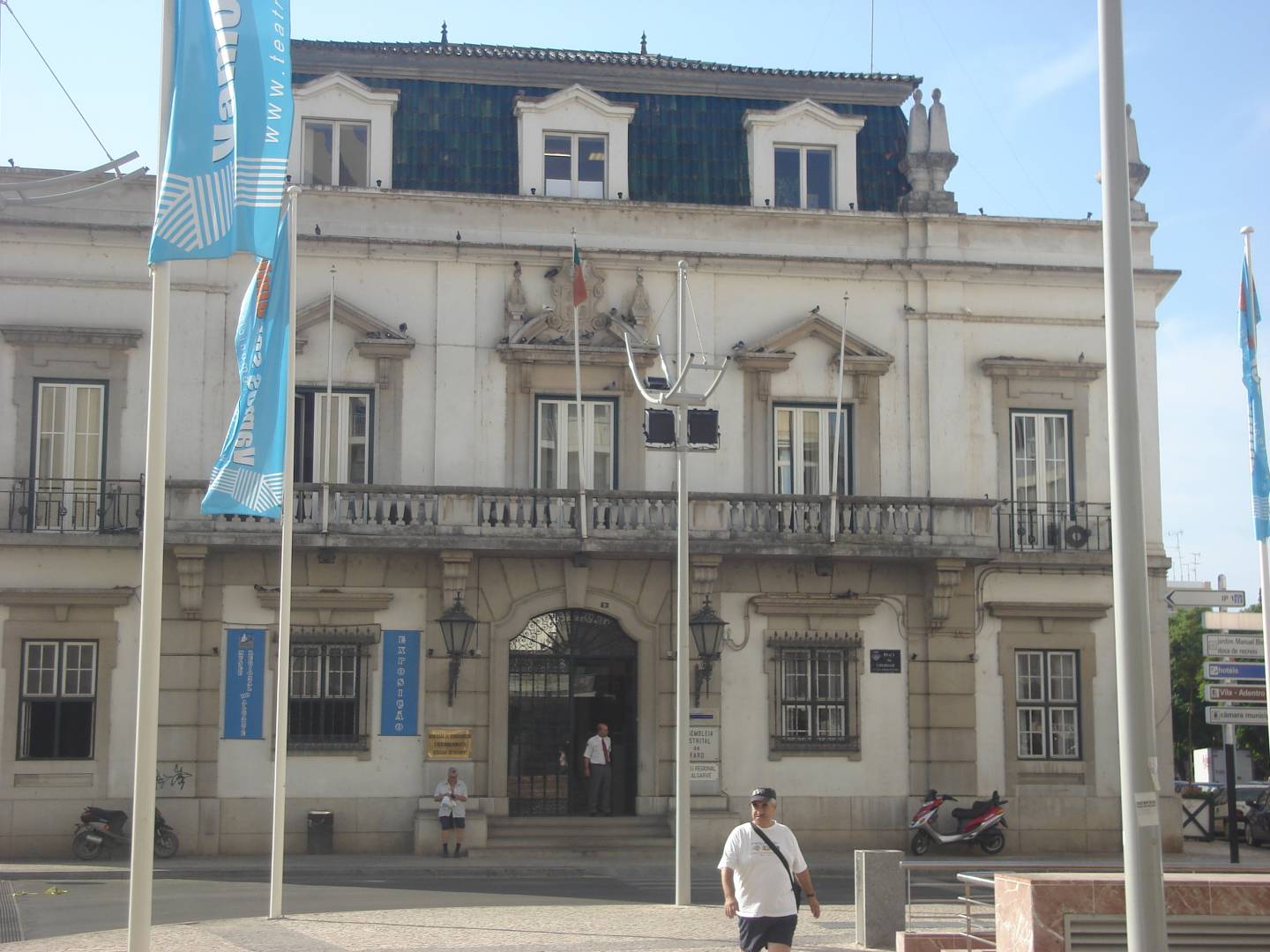
A museum in the building of the Assembleia Distrital (District Assembly), with a vast and valuable collection of crafts, paintings and objects of the Algarve's etnography.
Museu Municipal de Loulé - Cozinha Tradicional
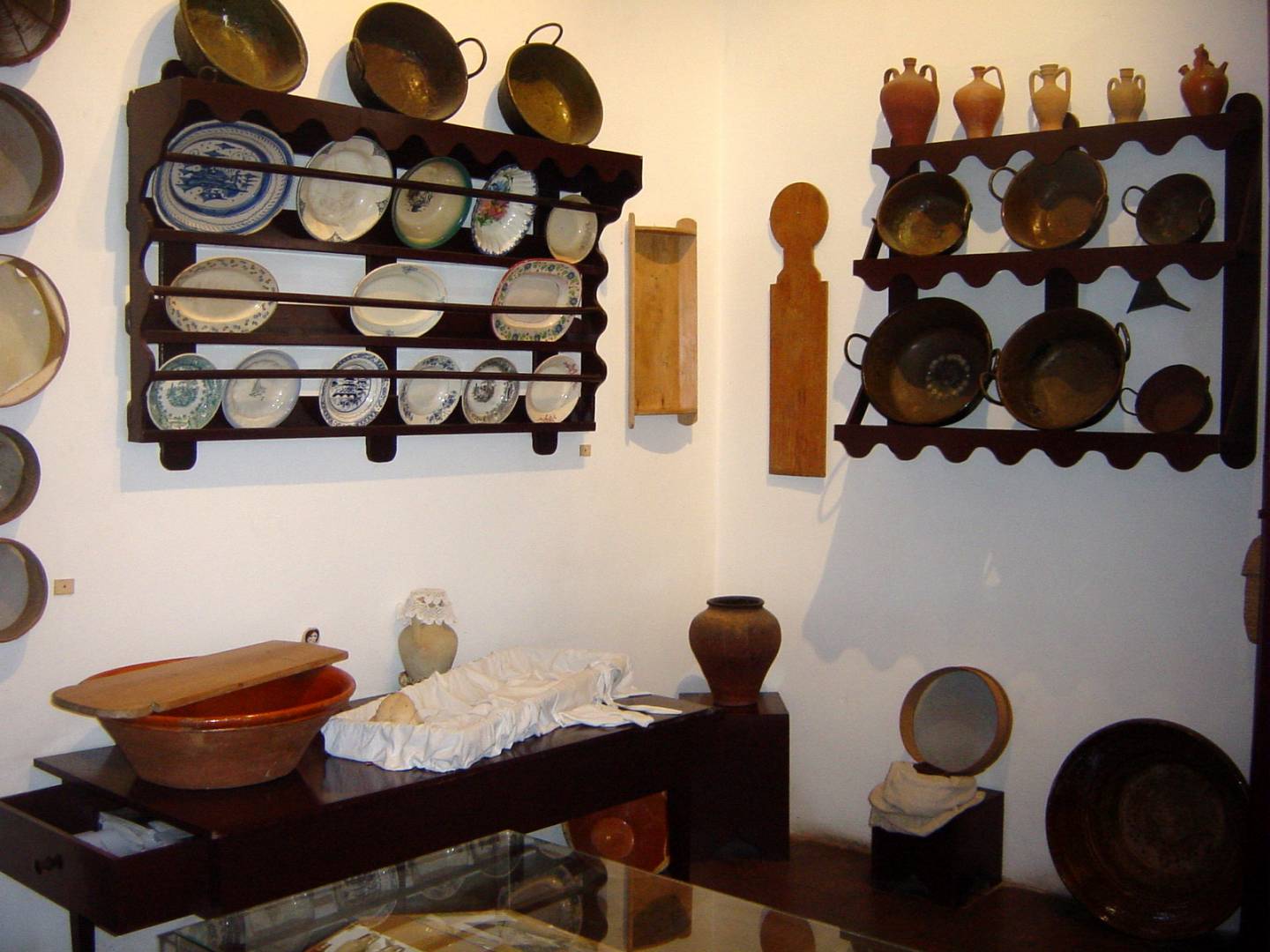
A small room (part of the Museum of Archeology) where a traditional kitchen of the Algarve is represented. One goes back in time to remember time honoured rustic objects… From the millstone to the pans, copper drippings, cloths and aprons, jars and glass demijohns, among other utensils. Aside from this voyage to the traditional kitchen, there are also temporary exhibitions such as the traditional nativity scene of the mountains and the "Maias".
Museu do Arroz (Alcácer do Sal)
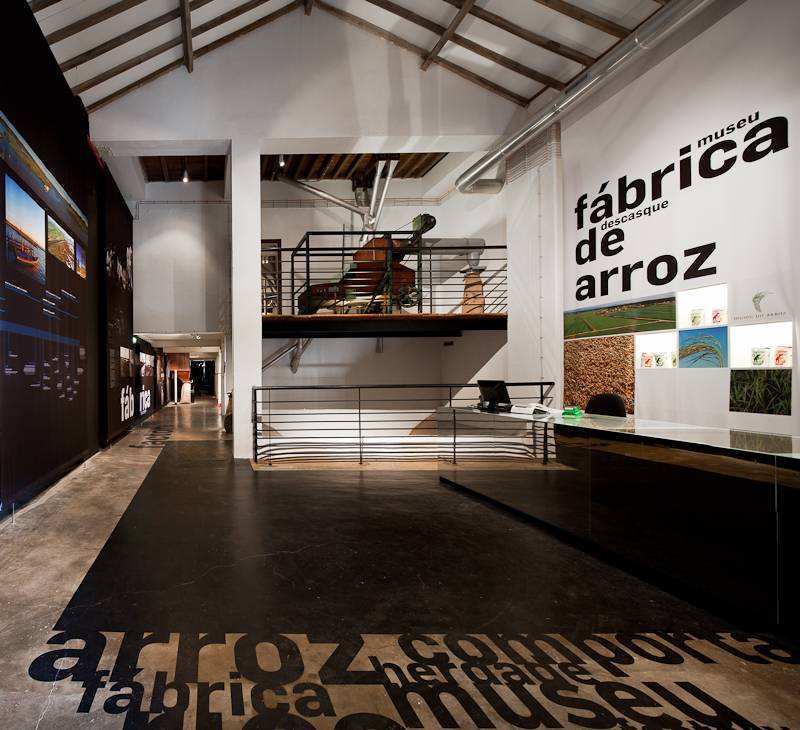
The museological Space works on building of the former rice hulling factory, situated between the floodplain and Marshland. On level 0 in the boiler room, a film produced with former workers linked to rice production and tools are exposed. The other floors are machinery, such as silos, bagging rice depots, daughters-in-law, dials the type of rice. On the top floor there is a room where is displayed photographs and is also a space for artistic dissemination events, such as exhibitions or shows.
Palácio de São Pedro / Museu de História Natural do Funchal

Building dated from the end of the XVIII century, the former residence of the Carvalhal Counts. The seven wicker balconies in forged iron and the portal sided by two iron lanterns are worthy of notice. It worked as a hotel, a college and international club and is now the property of the City Council and headquarters of Regional Archive of Madeira, the Municipal Library, the Museum and the Municipal aquarium of Funchal.
Museu Carlos Machado (Ponta Delgada)

Founded in 1876, it is located in the old convent of Santo André and features a section of Natural History, started during the 19th century, that includes samples of the Azores flora and fauna. It also has paintings, scultures, religious art, tiles and more, as well as a section of regional etnography and a toy collection.
Museu Francisco de Lacerda (Calheta de São Jorge)
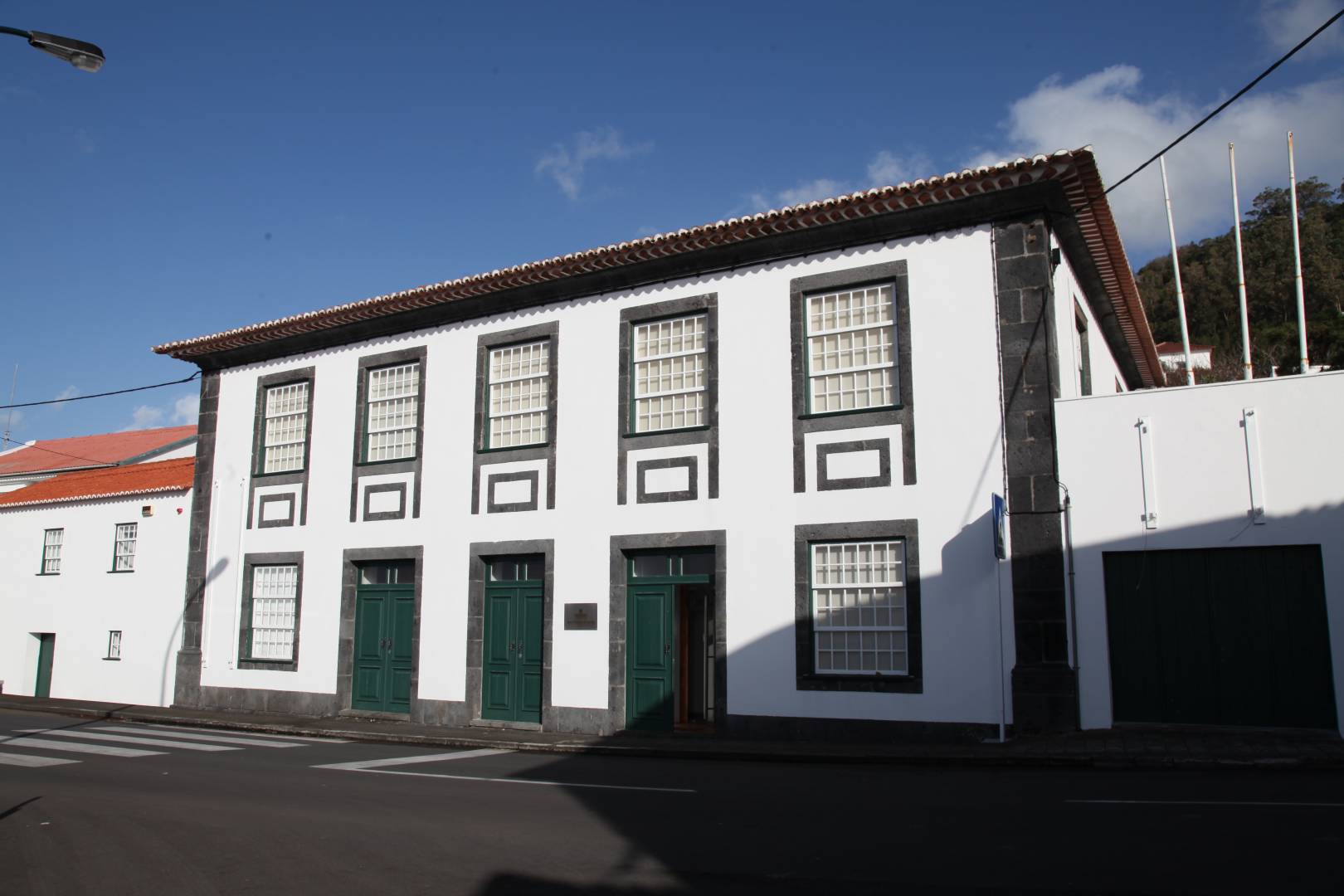
This space features the culture of the island since 1911, with regional ceramics, agricultural utensils, baskets, ethnographic objecrs related to the cult of the Holy Spirit and linen works.
Recommended

